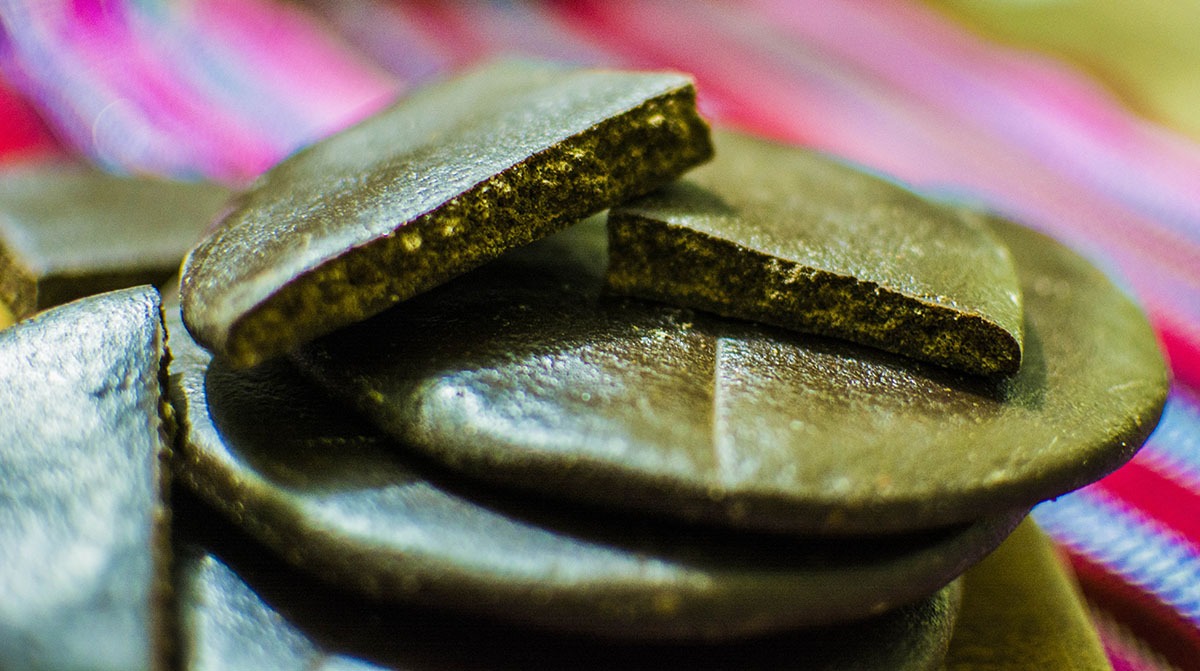Cacao:
Cacao (scientific name ‘theobroma cacao’) is a common word in the Mayan vocabulary, used to refer to what is considered their most important sacred food – second only to corn. The scientific term itself reflects the importance of cacao – literally characterizing it as a food of the Gods (‘theobroma’).
There are two types of cacao: the first, known as cacao forastero (foreign cacao), and the second, known as cacao criollo (creole cacao). Each has a number of different varieties. Unlike corn, this is a plant that must grow in the shade. Cacao bushes can grow as tall as 5-8 meters in height – comparative to the coral bean tree (árbol de pito), the guaba tree (árbol de paterna) or the gliricidia (madrecacao); all of which produce enough nitrogen for their own growth. The colorful fruits that grow on the cacao plant are known as ‘pods’ or ‘ears’ and inside contain beans surrounded by a sweet fleshy substance.
Although it is generally known that cacao originated in South America, the development of the most commonly-known cacao derivative (chocolate) was a widely-used process across Mesoamerica, including – of course – in Guatemala.
The Mayan culture contains many representations of cacao. The façade of the ‘4 monumento’ statue found in El Baul, Escuintla, shows the depiction of a sacrificial jaguar with ears of cacao on its body. Some writers have suggested that there exists an inherent link between cacao, the jaguar, the night, caves and the underworld.
Cacao as a currency:
The potential of cacao as a valuable socioeconomic commodity was first seen when it started to bring wealth and prestige to Mesoamerica. From the Middle Pre-classic Period (800AD) the management of plantations, their commercialization and their production became important pillars of cities that flourished and acquired a privileged status due to the cacao trade (and continued to do so for several centuries) – such as the Tak’alik Ab’aj and Chocolá plantations on the coast of Guatemala. During the pre-Hispanic period the best cacao originated in Suchitepéquez and Soconusco.
Cacao as offering:
Cacao also played an important role in marriage ceremonies, as exemplified in the Madrid Codex (‘códice de Madrid’) – where the God Chaak (the Rain God) and the Goddess Ixik Kaab’ (Goddess of the Earth) are depicted as holding a vessel containing cacao. Cacao was also used as an important offering during funeral rites – proved by the discovery of remnants of cacao in various pots found in Río Azul in Guatemala and Copán in Honduras.
One of the most notable characteristics of cacao is that its 2 chemical components – theobromine and caffeine – provided the only source of caffeine before the arrival of the Spanish. In the time of the Conquest, when chocolate was exported to Europe, it became a drink consumed exclusively by the royal court and was not readily available to the general population.


